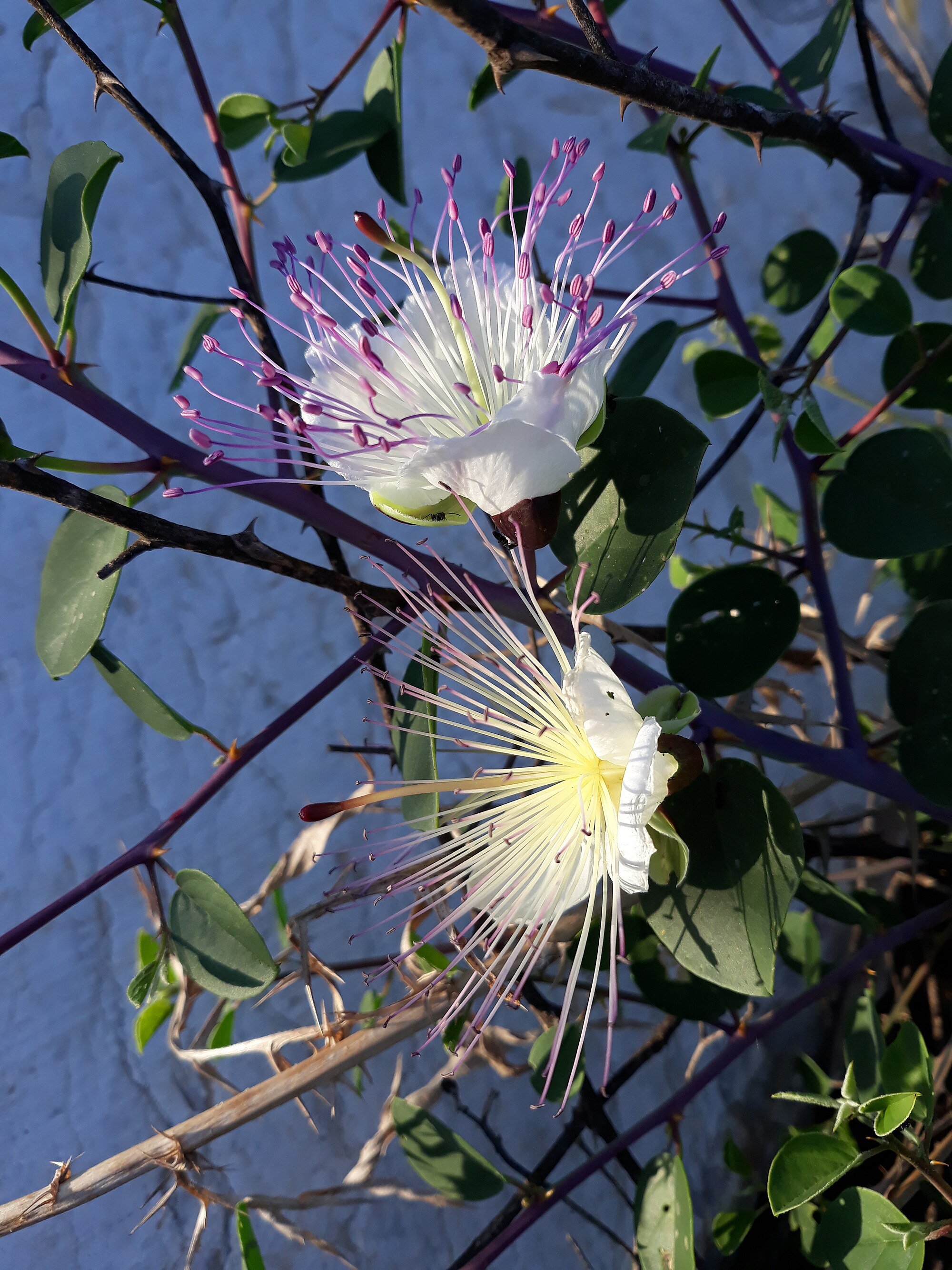This week I’ve been doing a deep dive into Black Mountain College. It’s definitely an instance of orbiting ideas as Black Mountain College and artists have caught my attention many times over the years.
This is my first deep dive and I’m fascinated that so many things I’ve been studied and been drawn to over the years (Buckminster Fuller’s visionary design, John Cage’s Happenings, John Dewey’s educational approach, Ruth Asawa’s interaction of life and art) all converged in these mountains.
I want to really go deep this time as I draw inspiration for a new project. I’ve ordered some books, but in the meantime I’ve been watching YouTube videos.
Here are 3 of my favorite quotes with the videos they are from below.































